I have a problem with fitdistr{MASS} function in R. I have this vector:
a <- c(26,73,84,115,123,132,159,207,240,241,254,268,272,282,300,302,329,346,359,367,375,378, 384,452,475,495,503,531,543,563,594,609,671,687,691,716,757,821,829,885,893,968,1053,1081,1083,1150,1205,1262,1270,1351,1385,1498,1546,1565,1635,1671,1706,1820,1829,1855,1873,1914,2030,2066,2240,2413,2421,2521,2586,2727,2797,2850,2989,3110,3166,3383,3443,3512,3515,3531,4068,4527,5006,5065,5481,6046,7003,7245,7477,8738,9197,16370,17605,25318,58524)
and I want to fit a gamma distribution to the data with a command:
fitted.gamma <- fitdistr(a, "gamma")
but I have such error:
Error in optim(x = c(26, 73, 84, 115, 123, 132, 159, 207, 240, 241, 254, :
non-finite finite-difference value [1]
In addition: Warning messages:
1: In densfun(x, parm[1], parm[2], ...) : NaNs produced
2: In densfun(x, parm[1], parm[2], ...) : NaNs produced
3: In densfun(x, parm[1], parm[2], ...) : NaNs produced
4: In densfun(x, parm[1], parm[2], ...) : NaNs produced
So I tried with initializing the parameters:
(fitted.gamma <- fitdistr(a, "gamma", start=list(1,1)))
The object fitted.gamma is created but when printed, creates an error:
Error in dn[[2L]] : subscript out of bounds
Do you know what is happening or maybe know some other R functions to fit univariate distributions by MLE?
Thanks in advance for any help or response.
Kuba
